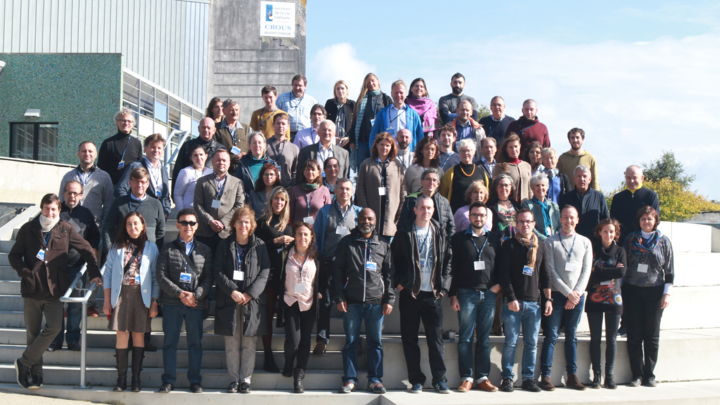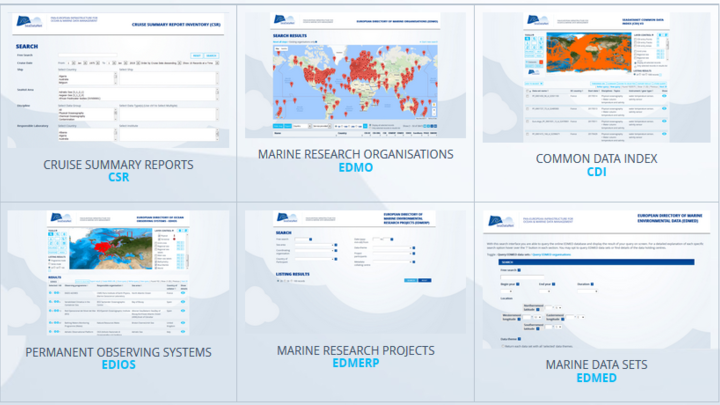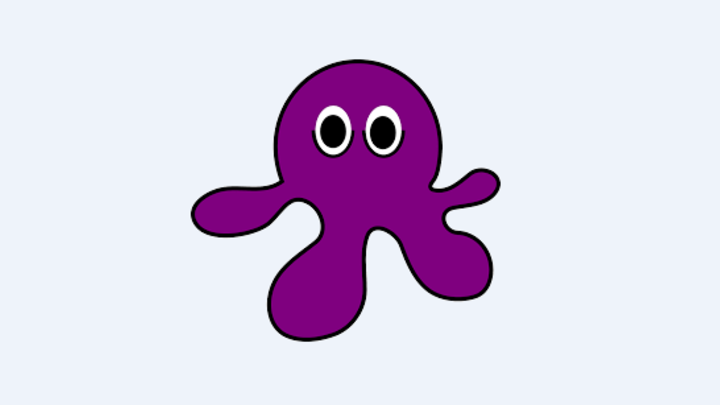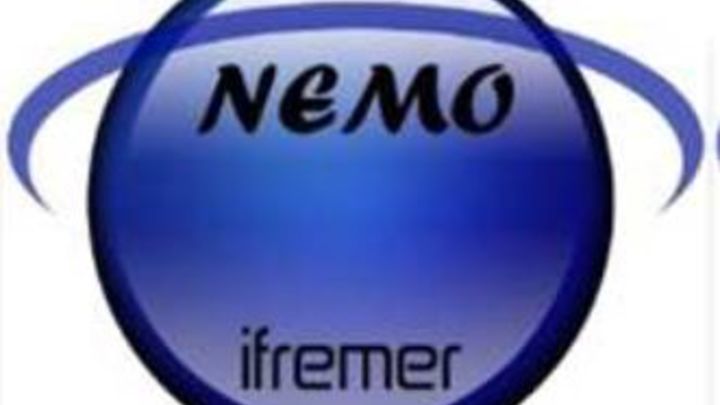Data Transport Formats
As part of the SeaDataNet services, data sets are accessible via download services. Delivery of data to users requires common data transport formats, which interact with other SeaDataNet standards (Vocabularies, Quality Flag Scale) and SeaDataNet analysis & presentation tools (ODV, DIVA). Therefore the following data transport formats have been defined:
- SeaDataNet ODV4 ASCII for profiles, time series and trajectories,
- SeaDataNet NetCDF with CF compliance for profiles, time series and trajectories,
- SeaDataNet MedAtlas as optional extra format,
- NetCDF with CF compliance for 3D observation data such as ADCP.
Access to the "Data Transport Formats manual" landing page.
Examples (ODV , Medatlas, netCDF):
The ODV4 ASCII, MedAtlas ASCII and SeaDataNet NetCDF (CF) formats have been extended with a SeaDataNet semantic header. The ODV4 format can be used directly in the popular Ocean Data View (ODV) analysis and presentation software package, which is maintained and regularly extended with new functionalities.
The SeaDataNet NetCDF (CF) format for profiles, time series and trajectories has been defined by bringing together a community comprising NetCDF and CF experts (such as from NCAR and UNIDATA), and as many users of CF NetCF for oceanographic point data as possible. This included participants from MyOcean, IMOS, Australian Navy and USNODC.
The SeaDataNet NetCDF (CF) format is based upon Version 1.6 of the CF Metadata Conventions, published by the CF community in December 2011. This publication includes a chapter on 'Discrete Sampling Geometries' to cover storage of point data in NetCDF. This was taken as starting point to formulate how basic point data - profiles, time series and trajectories - can be encoded in CF-compliant NetCDF together with the usage metadata - including parameter semantics - that SeaDataNet had included in its ASCII 'ODV format'.
The SeaDataNet NetCDF (CF) format for profiles, time series and trajectories can be used next to the SeaDataNet ODV 4 ASCII format in the services of the SeaDataNet infrastructure.
Additional feature types have been defined for the storage of multiple trajectories data like moored ADCP (Feature type = timeseriesProfile) or shipborn ADCP (Feature type = trajectory profile).
Specific documentation for biological data
Specific documentation for litter data
In the framework of EMODnet Chemistry project, specific formats for litter data have been produced:
- Micro-litter formats (floating and sediment micro-litter) guidance document
- Floating micro-litter format and examples of ODV data and CDI xml metadata files
- Microlitter in sediment format and examples of ODV data and CDI xml metadata files
- Beach and seafloor litter guidance document
- Beach litter format and example
- Seafloor litter format and example
Specific documentation for flowCytoMetry data
Format and examples of ODV data and CDI xml metadata files
Specific documentation for HF Radar data
High Frequency Radar (HFR) is a land-based remote sensing technology that allows the mapping of sea currents fields over wide areas with high spatial and temporal resolution. It is an emerging technology that is rapidly expanding in Europe, USA and other regions. Activities have been undertaken in the SeaDataCloud project to formulate standards for validation and long-term archiving of HFR data in the SeaDataNet infrastructure. The following report gives how HFR data sets can be described and mapped for metadata in SeaDataNet CDI metadata format and for data in NetCDF4 (CF) format.






